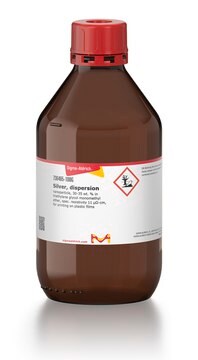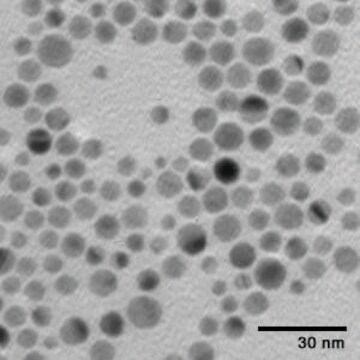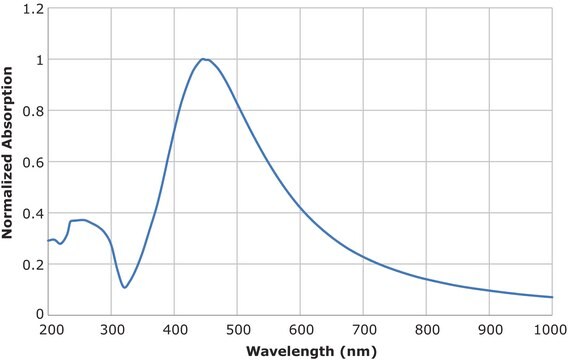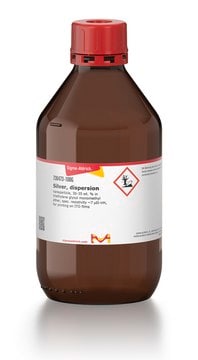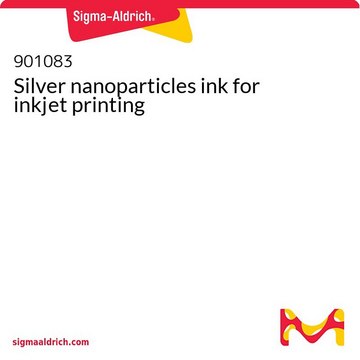736511
Silver, dispersion
nanoparticle, 40-50 wt. %, spec. resistivity < 0.001 Ω-cm, for printing on ITO and glass
Synonym(s):
Silverjet DGH-55HTG, silver ink
About This Item
Recommended Products
Quality Level
description
surface tension 40 - 70 mN m-1
form
dispersion
nanoparticle
concentration
40-50 wt. %
refractive index
n20/D 1.333
particle size
≤10 nm
viscosity
900-1600 mPa.s ((25°C))
density
1.5-1.8 g/mL at 25 °C
storage temp.
20-25°C
SMILES string
[Ag]
InChI
1S/Ag
InChI key
BQCADISMDOOEFD-UHFFFAOYSA-N
Looking for similar products? Visit Product Comparison Guide
General description
Disclaimer
Signal Word
Danger
Hazard Statements
Precautionary Statements
Hazard Classifications
Acute Tox. 4 Oral - Aquatic Acute 1 - Aquatic Chronic 1 - Eye Dam. 1 - Skin Corr. 1B - STOT SE 2
Target Organs
Eyes,Central nervous system
Storage Class Code
8A - Combustible corrosive hazardous materials
WGK
WGK 3
Flash Point(F)
217.9 °F
Flash Point(C)
103.3 °C
Regulatory Listings
Regulatory Listings are mainly provided for chemical products. Only limited information can be provided here for non-chemical products. No entry means none of the components are listed. It is the user’s obligation to ensure the safe and legal use of the product.
EU REACH Annex XVII (Restriction List)
Choose from one of the most recent versions:
Already Own This Product?
Find documentation for the products that you have recently purchased in the Document Library.
Customers Also Viewed
Articles
In the past decade, the family of digital printing technologies has evolved from being just a tool to visualize information into a generator of functionalities.
The ability to pattern conductive electrodes is technologically relevant for several applications, including photovolatics, displays, sensors, and biomedical devices.
The emerging field of printed electronics requires a suite of functional materials for applications including flexible and large-area displays, radio frequency identification tags, portable energy harvesting and storage, biomedical and environmental sensor arrays,5,6 and logic circuits.
Recent progress in the area of solution-processed functional materials has led to the development of a variety of thin-film optoelectronic devices with significant promise in the industrial and consumer electronics fields.
Our team of scientists has experience in all areas of research including Life Science, Material Science, Chemical Synthesis, Chromatography, Analytical and many others.
Contact Technical Service